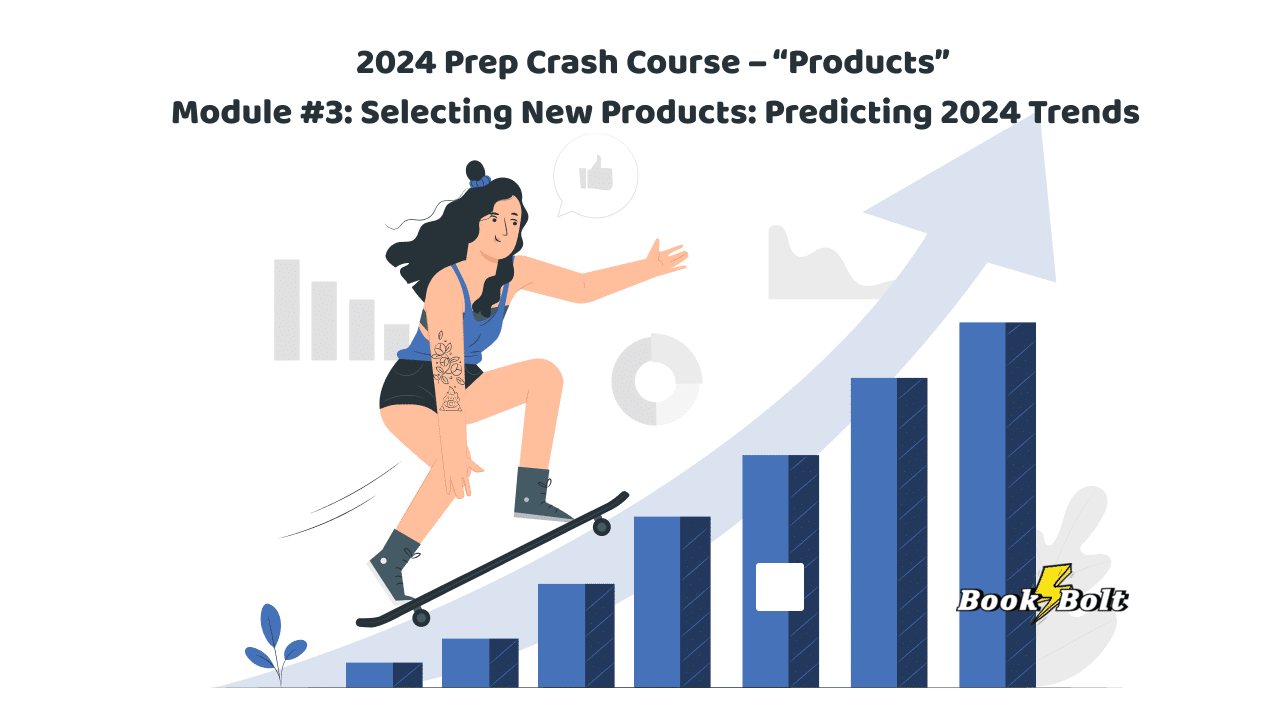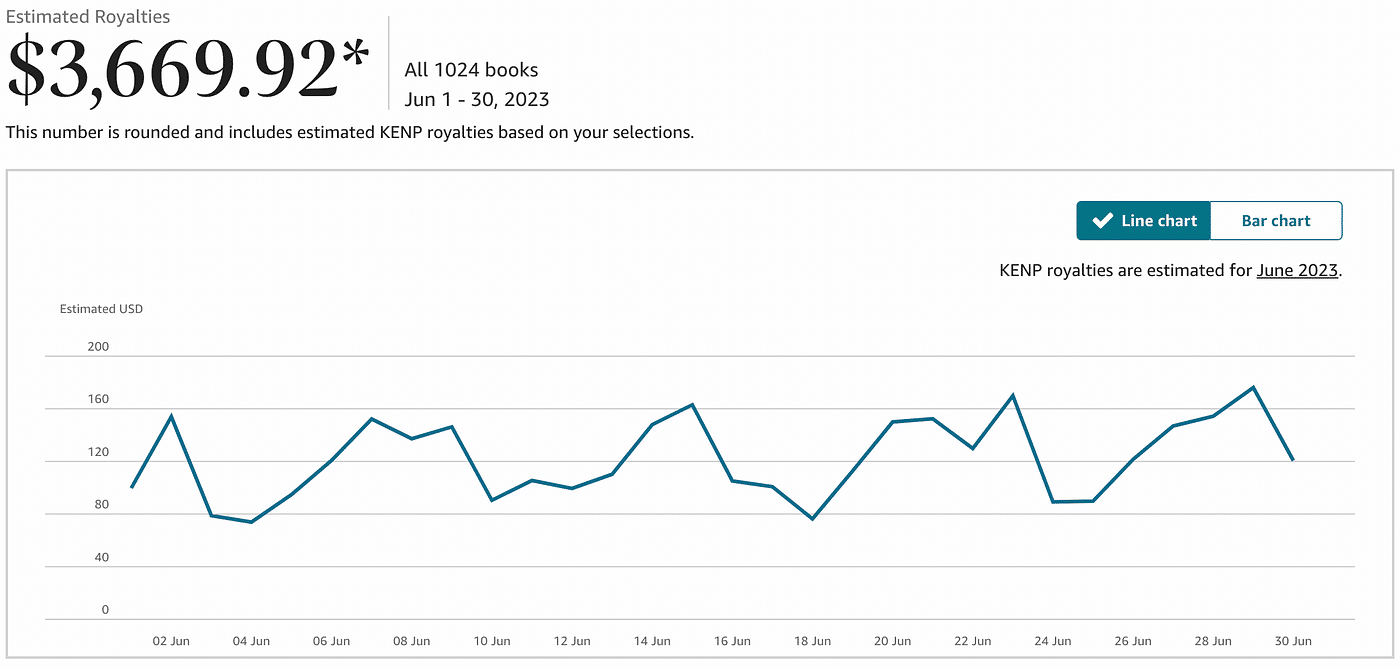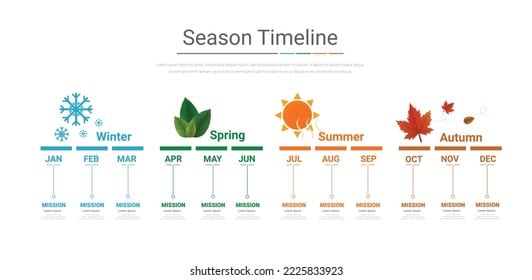
Kindle Direct Publishing (KDP) has revolutionized the world of self-publishing, empowering authors and publishers to reach global audiences with their creative works. As KDP offers a vast array of categories, it’s essential for publishers to not only create compelling content but also to predict what will sell in the coming year.
In our third entry on “Projects,” we delve into the strategies and insights that KDP publishers can utilize to forecast sales trends in categories like low- to no-content books, including journals, diaries, notebooks, and medium-content books like workbooks and activity books.
As with our previous entry, before executing this next phase of Product Development, you should give yourself a moment to step back and take a breath. Look at what you accomplished in 2023. You had wins. You had losses. Each one of them is brick and mortar for the foundation upon which you build your 2024 (and beyond!) product lines.
This week we are going to leave our data aside but keep it in our minds.
Part of how we make decisions about what products we create for 2024 is looking at expert trend predictions and determine whether their insights are good for your products and, by extension, your business.
The over/underperforming data we pulled in our last entry is important in that it helps you develop a reflex, a gut feeling that will help you make better decisions when you look at trend predictions for the future.
PREDICTING SALES TRENDS
Market Research: A Fundamental Pillar
The foundation of predicting sales trends lies in comprehensive market research. It’s important for you to have your finger on the pulse of consumer preferences, emerging trends, and changing demographics within your target audience. A multi-faceted approach to market research can yield valuable insights.
CONSUMER BEHAVIOR ANALYSIS: A WINDOW INTO TRENDS
To understand what will sell in the coming year, delve into consumer behavior analysis. This includes an examination of reading habits, purchasing preferences, and content consumption patterns. For example, do consumers prefer guided journals, blank diaries, or interactive workbooks? Such insights help in tailoring product offerings to align with consumer expectations.
ANALYZING HISTORICAL DATA
Sales Data Analysis: A Wealth of Information
Historical sales data is a treasure trove of information. By analyzing which types of low- to no-content and medium-content books have consistently performed well in the past, you can identify categories and formats that are likely to continue to sell. For example, if guided journals with specific themes have consistently shown strong sales, it’s a hint at the type of content consumers are interested in.
SEASONAL VARIATIONS: PREPARING FOR FLUCTUATIONS
It’s important to recognize that sales trends can be seasonal. Low-content books such as diaries and notebooks, for instance, may experience heightened demand during the holiday season when consumers are searching for gifts. Understanding these seasonal variations helps you prepare for fluctuations in demand and adjust your product lineup accordingly.
EMERGING MARKET TRENDS
Identifying Market Gaps: Opportunities Await
The landscape of publishing is constantly evolving. You can forecast sales trends by identifying market gaps or emerging niches within low- to no-content and medium-content book categories. If there’s an underserved audience that’s not finding the specific type of content they desire, it presents an opportunity to create tailored products. By anticipating these market shifts, you can proactively meet consumer demands.
CONSUMER PREFERENCES: STAY ATTUNED
Consumer preferences are dynamic, influenced by cultural shifts, design trends, and societal changes. To predict what will sell, stay attuned to evolving consumer preferences. This can involve conducting surveys, focus groups, or social media polls to gain direct insights from the target audience. Understanding design styles, content formats, and other factors that resonate with consumers is key.
COMPETITIVE ANALYSIS
Assessing Competitor Strategies: A Source of Inspiration
Successful competitors can provide invaluable insights into what will sell in the upcoming year. By assessing what these competitors are doing differently, you can identify your strengths and areas where your own product lineup can outperform. This analysis isn’t about copying competitors but rather finding inspiration and areas for differentiation.
In case you missed it, our BookBolt Competition Tracker is the most robust and reliable tool to help you develop a thorough competitive analysis. Read a step-by-step guide here.
PRICING AND POSITIONING: STAND OUT IN THE CROWD
Competitive analysis should also encompass pricing strategies and product positioning. By evaluating how competitors price their products and where they position themselves in the market, publishers can determine how their own products can stand out in terms of value and appeal. Understanding the competitive landscape is a critical component of forecasting sales trends.
By now you should know that we have written extensively about KDP costs and pricing, here is one of our most useful entries.
PROACTIVE PLANNING
Product Lineup Strategy: A Careful Balancing Act
Armed with insights from market research, historical data, emerging trends, and competitive analysis, you can now develop a strategic product lineup for the coming year. This lineup should carefully balance products that are likely to maintain their appeal and those that tap into emerging trends. For example, if guided gratitude journals have been steadily popular, a publisher might consider introducing variations with unique themes to cater to different segments of the market.
You already have all the data you need to start this planning, between an analysis of successful product and new product ideas that you have applied the same analysis to.
MARKETING AND PROMOTION: ALIGNING WITH TRENDS
The forecasting process is not limited to product creation; it also extends to marketing and promotion. Although things may change during the year, you should at least start planning their marketing and promotional strategies in alignment with the forecasted trends. This includes leveraging digital advertising, social media, email campaigns, and other channels to promote products that cater to emerging consumer preferences.
Creating this structure is a critical element of the overall product plan.
In the dynamic world of self-publishing through Kindle Direct Publishing, the ability to predict sales trends is a valuable skill that can significantly impact a publisher’s success. By conducting comprehensive market research, analyzing historical sales data, identifying emerging market trends, and assessing competitor strategies, publishers can gain the insights needed to forecast what will sell in the coming year.
This proactive approach enables publishers to adapt their product lineup to meet consumer demands and stay ahead of the curve. While the publishing landscape may continually evolve, publishers who leverage these strategies will find themselves better positioned to meet the needs and preferences of their target audience.
As the saying goes, “The best way to predict the future is to create it.” By applying these strategies, KDP publishers can craft a future of success in self-publishing by aligning their product offerings with the evolving desires of readers.


